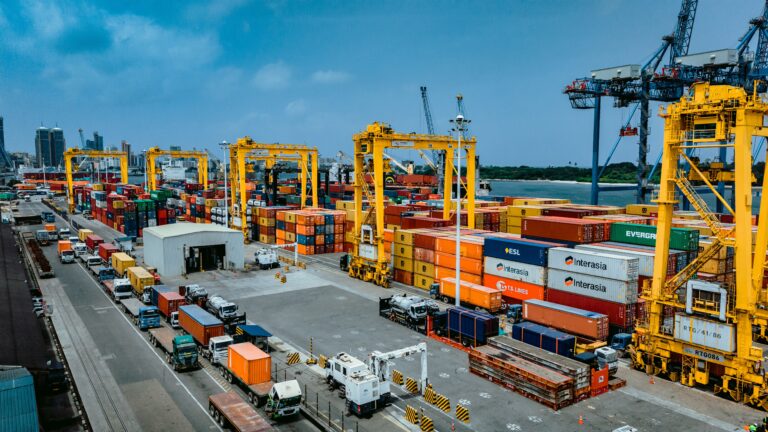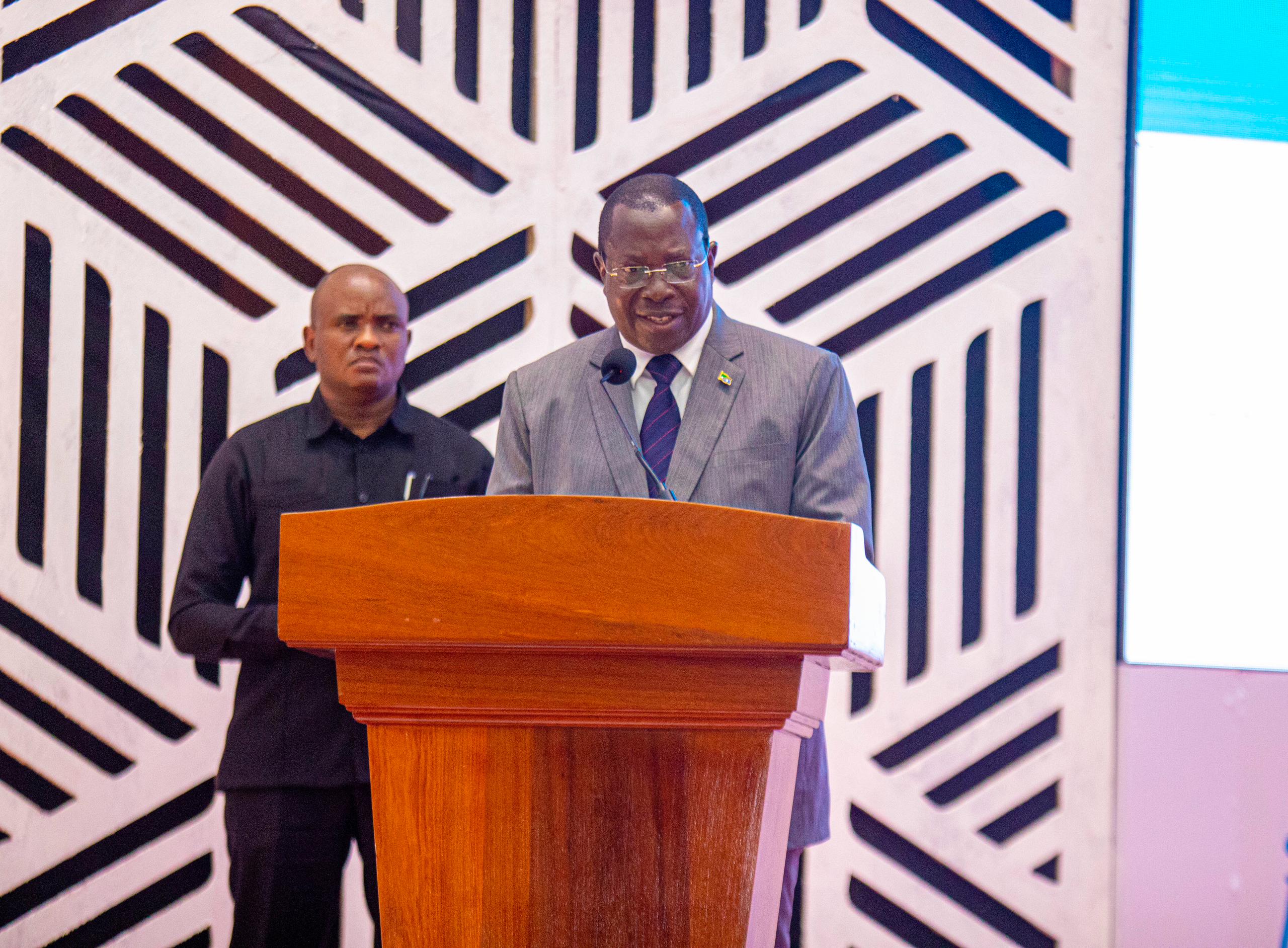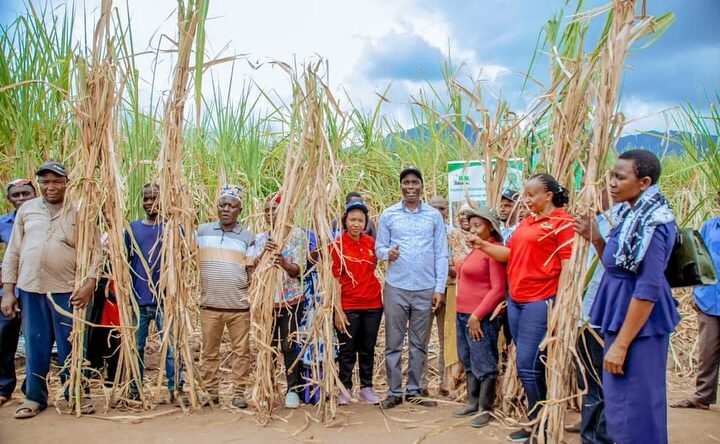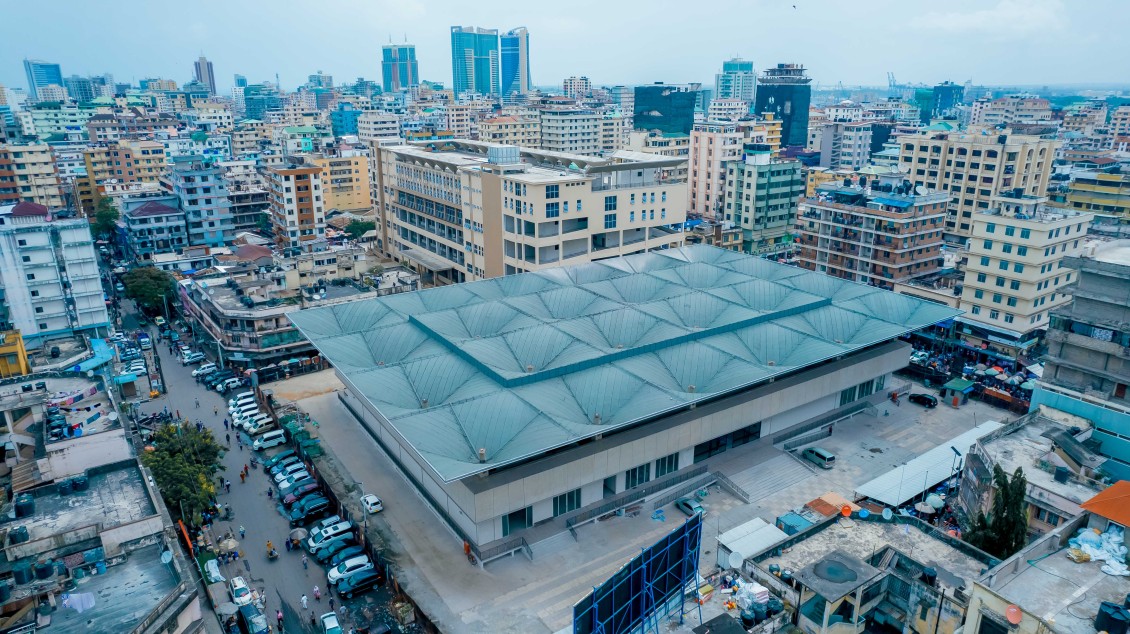Dar es Salaam. Tanzania’s trade deficit has continued to narrow due to strong growth in the value of exports of goods and services and the moderate increase of imports, the latest Bank of Tanzania (BoT) data shows.
The BoT’s Monthly Economic Review (MER) for February, issued on March 11, indicates that within a year, the value of exports jumped to $2 billion, while imports moderately increased to $835.8 million.
This reflects a narrowing of the trade gap from $2 billion in January 2024 to $559.6 million in January 2025—a 28 percent year-on-year decline, according to an analysis by The BizLens.
The MER shows that exports of goods and services rose from $13.99 billion in January 2024 to $16.3 billion in January 2025, while imports increased moderately from $16.036 billion to $16.872 billion during the period under review.
“Tourism, minerals, and agricultural products were the major drivers,” the MER report indicates.
Tourism remained the leading foreign exchange earner, generating $3.927 billion in the year ending January 2025.
It was followed by gold, which fetched $3.532 billion.
Transport and manufactured goods came next, earning $2.409 billion and $1.319 billion, respectively.
On the import side, industrial goods led with a value of $4.75 billion, followed by refined petroleum products at $2.586 billion.
The BoT report further states that service payments rose by 10.2 percent to $2.533 billion in the year ending January 2025, compared to $2.299 billion in the same period in 2024.
The decline in imports was “attributed to reduced imports of refined petroleum products, machinery, and wheat grain, which collectively accounted for 23.5 percent of total imports,” reads part of the MER report.







